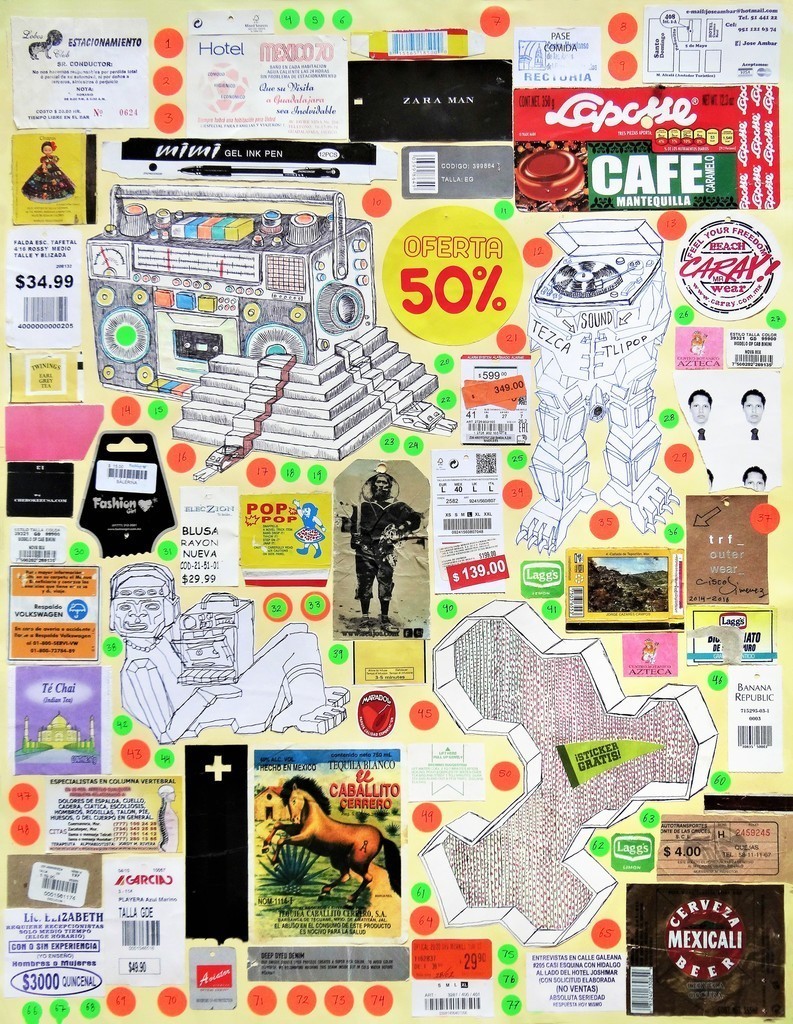

The method could help law enforcement prevent bioterrorism, but it could also be used by criminals or terrorists to intercept biological secrets. Using this method, a knowledgeable observer could tell if the machine was making anthrax, smallpox, or Ebola DNA, for example, or a commercially valuable DNA intended to be a trade secret. By running it through additional well-known DNA sequencing software, they boosted the accuracy to almost 100 percent.
#TIME MACHINE SOUNDS SOFTWARE#
When the researchers used software to analyze the AGCT patterns they acquired through the recordings, they identified the correct type of DNA with 86 percent accuracy. The researchers could easily distinguish each time the machine produced A, G, C, or T. “But through a careful feature engineering and bespoke machine-learning algorithm written in our lab, we were able to pinpoint those differences,” Faezi said. These mechanisms make distinctive sounds as they work.Īfter filtering out background noise and running several adjustments to the recorded sound, the researchers found the differences were too subtle for humans to notice. The specific patterns, or sequences, can be read as a clue to what kind of DNA it is.ĭNA synthesizers contain components that open and close to release chemicals as they manufacture each of these bases, along with the tubes and chambers through which they flow. Chaput, a professor of pharmaceutical sciences at UC Irvine and William Grover, a bioengineering professor at UC Riverside, set microphones similar to those in a smartphone in several spots near a DNA synthesizer in Chaput’s lab.Īll DNA is built from just four bases, adenine (A), guanine (G), cytosine (C), and thymine (T), arranged in almost infinite combinations. Sometimes these living systems are used to make valuable new pharmaceuticals or other products.īrisk and UC Irvine electrical and computer engineering professor Mohammad Abdullah Al Faruque and his doctoral student Sina Faezi along with John C. Researchers commonly construct segments of DNA to insert in the genome of other organisms, especially bacteria, to make new organisms. The researchers wondered if it was possible to determine what a DNA synthesizer was producing from the sounds its components made as it went through its manufacturing routine.ĭNA synthesizers are machines that allow users to build custom DNA molecules from a few basic ingredients. That means academic, industrial, and government labs are potentially wide open to espionage that could destabilize research, jeopardize product development, and even put national security at risk. In a paper presented at the Network and Distributed System Security Symposium, the group showed they could reconstruct what a researcher was doing by recording the sounds of the lab instrument used. The amount of information in these traces is immense, and we have only hit the tip of the iceberg in terms of what we can learn and reverse engineer about the machine that generated them,” said Philip Brisk, a UC Riverside associate professor of computer science who worked on the project. “Any active machine emits a trace of some form: physical residue, electromagnetic radiation, acoustic noise, etc. By simply recording the sounds of a common lab instrument, the team members could reconstruct what a researcher was doing with that instrument. When it comes to biosecurity, this could be a very real threat, according to a group of researchers at the University of California, Irvine, and the University of California, Riverside. But what if those instruments are leaking valuable information? Lab instruments are important tools throughout research and health care.


 0 kommentar(er)
0 kommentar(er)
